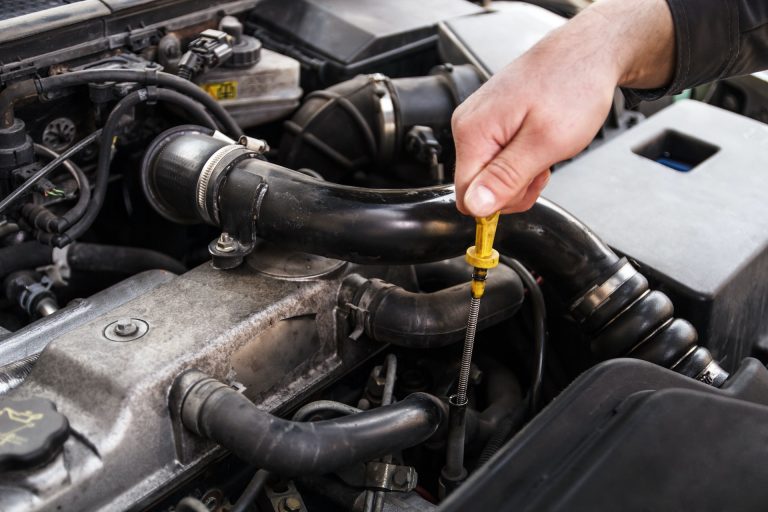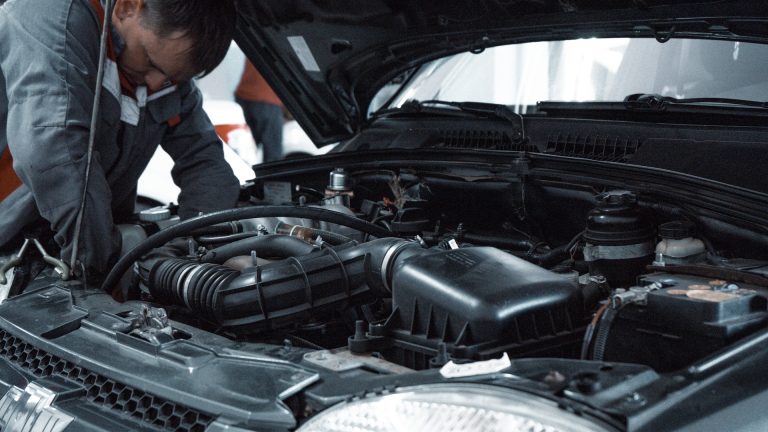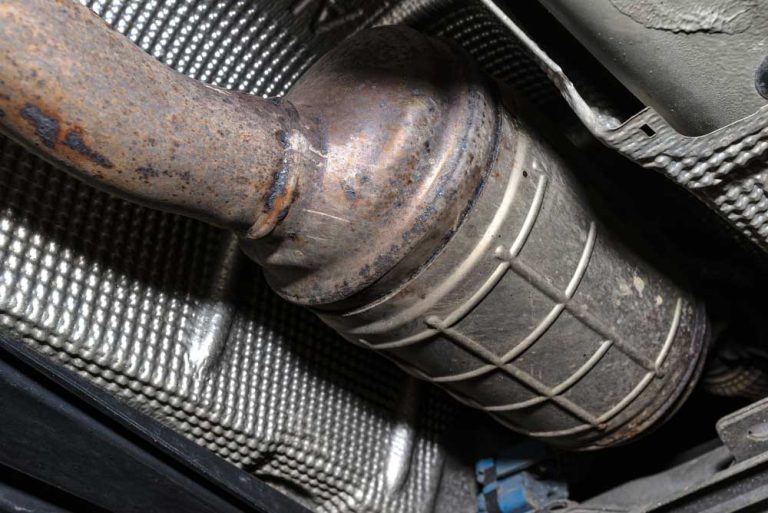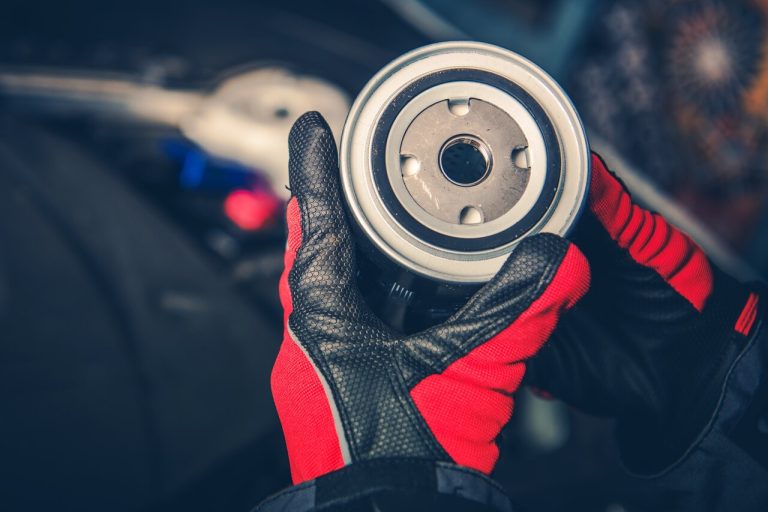A Brief History of Diesel Particulate Filters
In today’s world, where environmental concerns are paramount, technological advancements in automotive engineering have become increasingly vital. Among these innovations, the Diesel Particulate Filter (DPF) stands out as a crucial component in reducing harmful emissions from diesel engines. Let’s embark on a journey through time to explore the fascinating history behind the DPF, tracing its evolution from inception to modern-day applications.
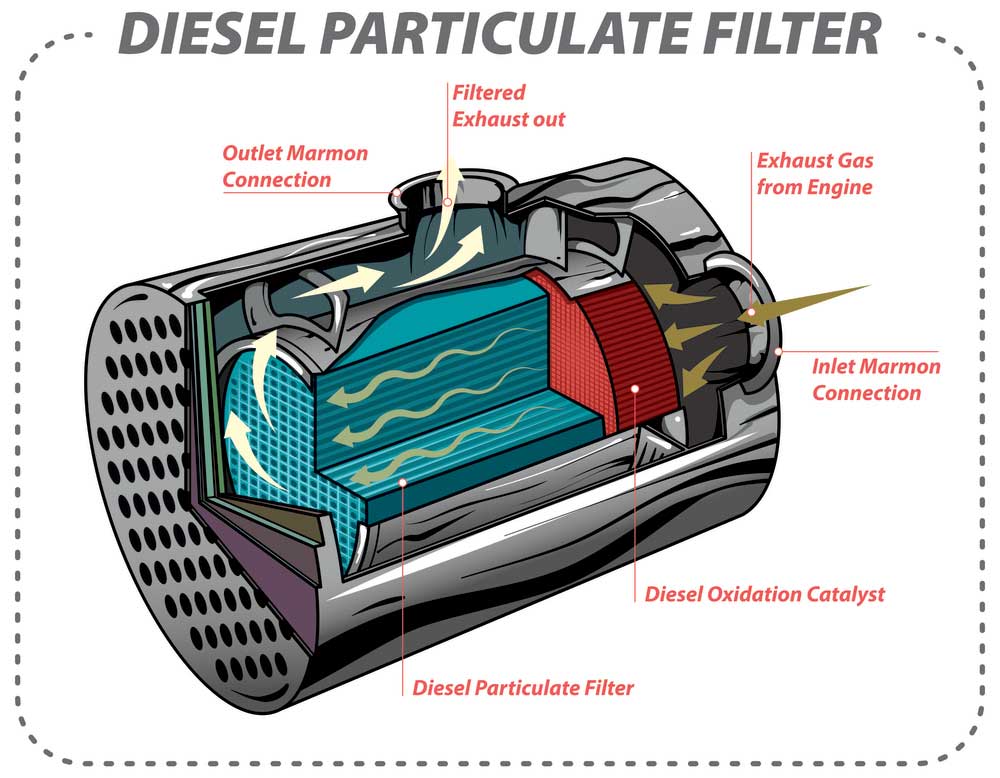
Early Efforts
The concept of particulate filtration in diesel exhaust dates back to the mid-20th century when the adverse effects of diesel emissions on human health and the environment began to surface. During this era, rudimentary filtration systems were developed, albeit with limited effectiveness. These early filters primarily relied on basic mesh screens or ceramic materials to capture larger particles, but they struggled to address finer particulate matter efficiently.
Advancements in the 1980s
The 1980s marked a significant milestone in the evolution of DPF technology. Researchers and engineers intensified their efforts to combat diesel emissions, leading to the development of more sophisticated filtration systems. Catalyst-coated ceramic filters emerged as a promising solution during this period. By incorporating catalytic materials, these filters could not only trap particulate matter but also facilitate its conversion into less harmful substances through oxidation.
Regulatory Pressures and Technological Innovations
As concerns regarding air pollution escalated globally, governments began implementing stringent emissions standards to curb the environmental impact of diesel vehicles. This regulatory pressure served as a catalyst for further innovation in DPF technology. Throughout the 1990s and early 2000s, significant strides were made in improving the efficiency and durability of DPFs. Advanced materials, such as silicon carbide and cordierite, replaced traditional ceramics, enhancing filtration performance while ensuring durability under harsh operating conditions.
The Emergence of Diesel Particulate Filters in Commercial Vehicles
Commercial vehicles, including trucks and buses, became early adopters of DPF technology due to their high emissions output and extensive use of diesel engines. As emissions regulations tightened, manufacturers integrated DPFs into their vehicle designs to comply with the increasingly stringent standards. This widespread adoption paved the way for the broader acceptance of DPFs across various diesel-powered applications.
Integration into Passenger Vehicles
In the early 2000s, DPFs began making their way into passenger vehicles, particularly in regions with stringent emissions regulations such as Europe and North America. Car manufacturers incorporated DPFs into their diesel vehicle lineup to meet the Euro 4, Euro 5, and subsequent Euro 6 emission standards set by the European Union. These regulations mandated significant reductions in particulate matter and nitrogen oxide emissions, driving the widespread adoption of DPFs in passenger cars.
Modern Innovations and Challenges
In recent years, advancements in DPF technology have continued, with a focus on further improving filtration efficiency, reducing pressure drop, and enhancing regeneration strategies. Additionally, the integration of electronic sensors and control systems has enabled real-time monitoring of DPF performance, optimising regeneration cycles for maximum effectiveness.
Despite these advancements, challenges remain, particularly concerning the regeneration process and the management of ash accumulation within the filter. DPF’s can and do become blocked and that is where DPF Fixer comes in. The evolution of Diesel Particulate Filters represents a remarkable journey driven by the dual imperatives of environmental stewardship and regulatory compliance. From humble beginnings to widespread adoption across various automotive applications, DPFs have emerged as indispensable components in the fight against diesel emissions. As technology continues to advance, DPFs will undoubtedly play a pivotal role in shaping the future of clean diesel transportation, ensuring a healthier and more sustainable environment for generations to come.
(Ref: Wikipedia)


